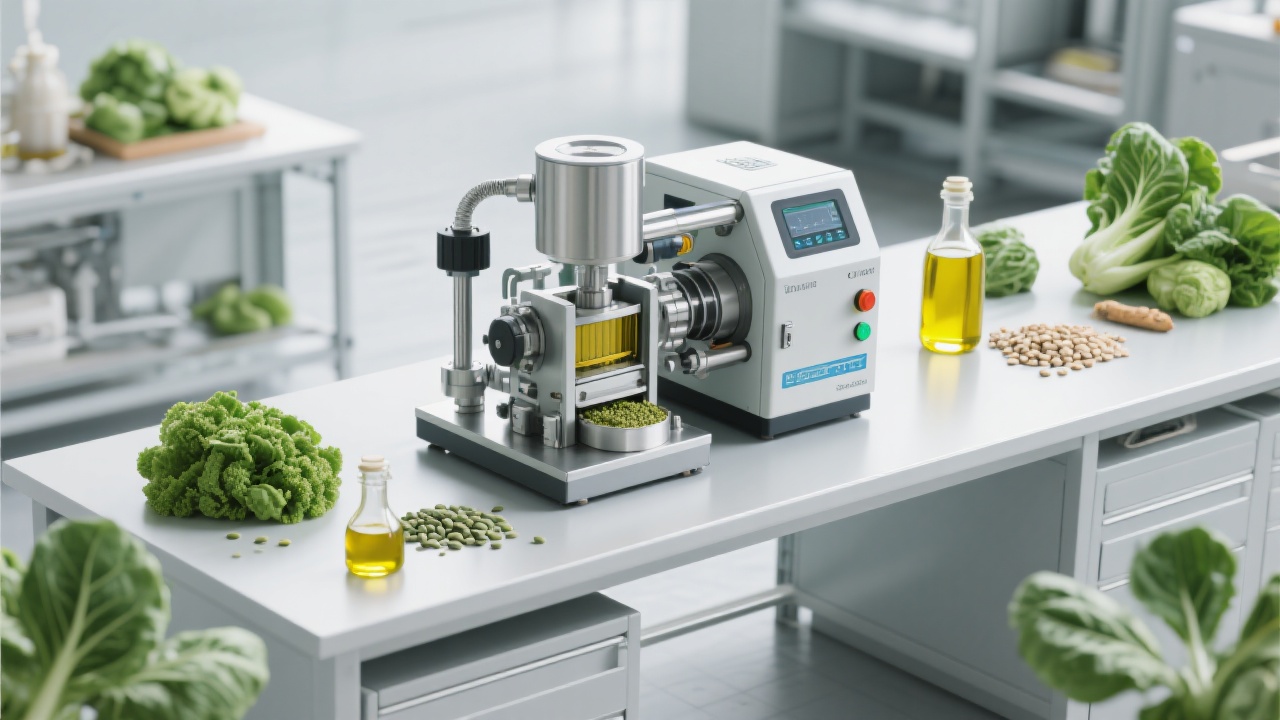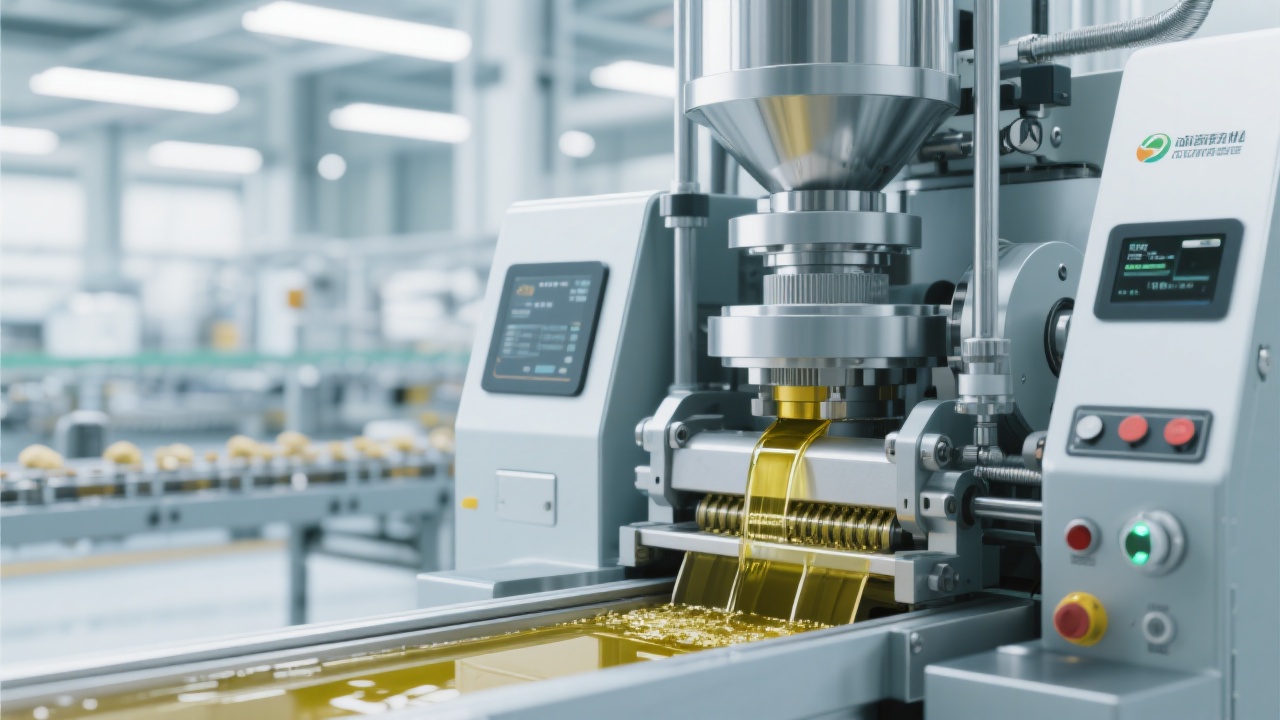
In the global soybean oil industry, export-oriented mills face mounting pressure to balance high production yields with sustainable practices. Despite the common belief that maximizing output often conflicts with environmental goals, modern advancements offer a compelling solution: adopting green, efficient operations that simultaneously elevate product quality and reduce costs. This article delves into proven strategies utilized by leading soybean oil mills to optimize energy consumption and implement rigorous quality controls, backed by real-world data and case insights.
The transition towards environmentally friendly practices is no longer optional, especially for export-driven enterprises. Over 65% of global soybean oil exporters now prioritize energy efficiency to meet international standards and consumer expectations. Green production reduces greenhouse gas emissions and minimizes operational costs, creating a competitive edge in price-sensitive markets. For instance, a typical 50,000-ton/year mill can cut energy expenses by up to 18% annually by integrating advanced heat recovery systems.
| Energy Efficiency Measure | Impact on Energy Consumption | Estimated Cost Savings |
|---|---|---|
| Steam Condensate Recovery Systems | Reduces steam use by 12%-15% | Up to 10% in fuel expenses |
| Variable Frequency Drives (VFD) on Motors | Cuts electricity usage by 10%-13% | Approximate 7% reduction in electric bills |
| Insulation and Heat Loss Prevention | Decreases thermal losses by 20% | Significant reduction in both fuel and cooling costs |
Notably, integrated energy management platforms help monitor real-time consumption, flag inefficiencies, and guide maintenance, yielding energy savings often surpassing 15% annually. Although installation involves upfront investment, the payback period generally ranges between 1.5 to 3 years, depending on mill scale and existing infrastructure.
Export compliance mandates that each batch of soybean oil meets stringent quality requirements, including low peroxide values, minimal free fatty acids, and guaranteed absence of contaminants. Modern quality control systems incorporate inline analyzers, automated sampling, and real-time data logging to assure product integrity throughout processing.
For example, a mid-sized export facility adopted Near-Infrared (NIR) spectroscopy analyzers, cutting sampling time by 40% while boosting detection accuracy by approximately 25%. This improvement significantly reduced product recalls and reinforced brand reputation in overseas markets.
Equally vital is staff training on Good Manufacturing Practices (GMP) combined with Hazard Analysis and Critical Control Points (HACCP) frameworks. Such protocols foster proactive problem-solving and alignment with international food safety certifications — often a prerequisite for premium export contracts.
When comparing operational data from a traditional mill with a modern facility embracing green technologies, the advantages become clear:
| Parameter | Traditional Mill | Modern Mill |
|---|---|---|
| Energy Consumption (MJ/ton oil) | 14,500 | 11,800 |
| Oil Yield (%) | 17.8 | 19.3 |
| Product Rejection Rate (%) | 3.4 | 1.1 |
The modern mill's 19% higher oil yield and 19% lower energy use translate to substantial economic and environmental benefits. The decreased rejection rate also reflects improved quality assurance processes, boosting export reliability.

Despite these advances, industry experts warn that achieving full-scale sustainability requires ongoing innovation. Trends such as digital twin modeling, waste-to-energy conversion, and bio-based solvents for extraction are gaining traction. Exporters embracing these innovations not only reduce environmental footprints but also appeal to increasingly eco-conscious global buyers.
Yet, the core challenge remains: aligning green production with cost efficiency and consistent product quality. Deploying tailored energy-efficient technologies, combined with rigorous quality management, has proven to be the most viable path for export-oriented soybean oil mills striving for market leadership.

Are you exploring ways to upgrade your soybean oil mill’s energy profile without compromising quality? Or facing export market pressures that demand greener credentials? Discover 3 Proven Strategies to Elevate Your Oil Mill’s Efficiency and Compliance — We’re ready to share practical solutions tailored to your production scale and export goals.


